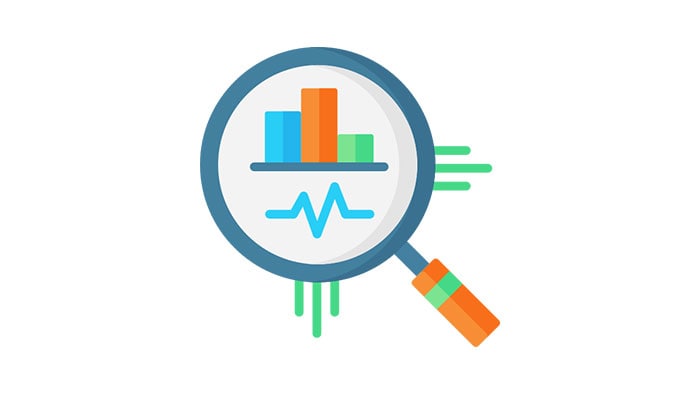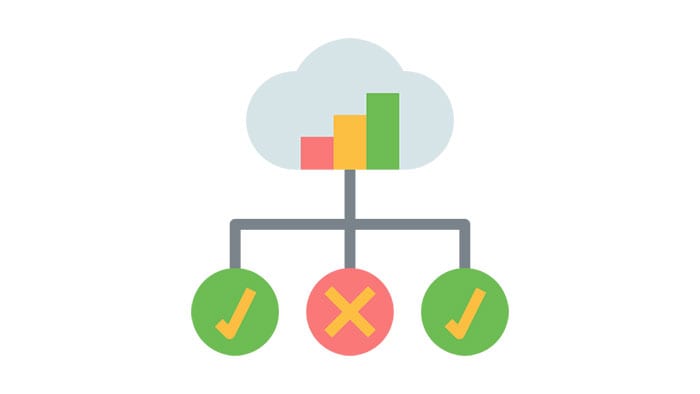At a glance
- Youth Advisory Councils (YACs) can use data to develop projects and drive decisions.
- Data is used to make informed and verified decisions.

Types of data
Two main types of data
Both types have pros and cons and often complement each other.
Quantitative data
- Refers to any information that can be quantified, counted, or measured; expressed in a numerical value.
Qualitative data
- Is descriptive in nature; expressed in words rather than numerical values.
Using data to guide decisions
With the help of supportive adults, Youth Advisory Councils (YACs) can use data about schools and students to guide their work.
High-quality data and accurate information are important when schools make decisions—including decisions about policies and practices.
Planning and implementing programs
By using data, YACs can:
- Understand key issues and causes of a problem.
- Provide evidence for your opinions and recommendations.
- Prioritize actions to adapt and improve programs.
Why use data to guide decisions
If you do not use data, it might place too much value on assumptions—which might not be true—about the issue you want to address. Guessing can result in poor use of resources that could be avoided by using accurate data and information.



